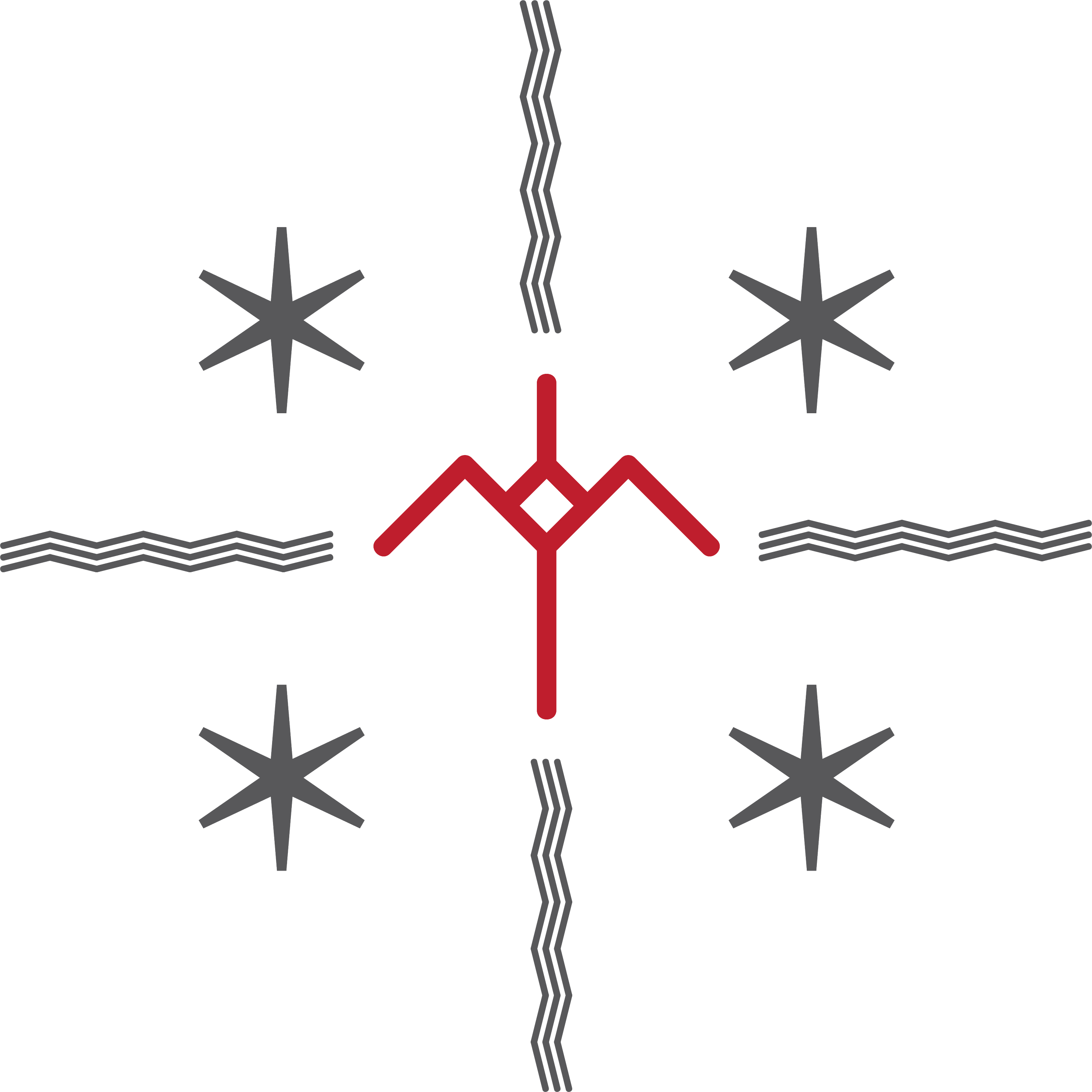Cultural Appropriation
Introduction:
The tradition of Ta Moko, the art of Maori tattooing, is a profound and culturally significant practice deeply rooted in the identity and heritage of the indigenous people of New Zealand. As interest in this ancient art form expands globally, the question arises: Is it okay for non-Maori individuals to receive Ta Moko? In this blog post, we explore the complexities surrounding cultural appropriation, respect, and the evolving perspectives on this deeply sacred tradition.
***Disclaimer***
This article was AI generated and while it’s purpose is to be informative, it does:
A - Not reflect our personal views in any way and
B - Should not be relied upon as a sole source of information for the subject under discussion.
1. **Understanding the Significance of Ta Moko:**
Ta Moko is not just a form of body art; it is a sacred cultural practice that holds deep spiritual and ancestral meaning for the Maori people. Each symbol, line, and curve in a Ta Moko design carries stories of identity, genealogy, and personal experiences. It is essential to recognize and honor the profound cultural significance of Ta Moko.
2. **Cultural Appropriation Concerns:**
Cultural appropriation occurs when elements of one culture are adopted by members of another culture without understanding, respect, or proper acknowledgment. Concerns arise when non-Maori individuals seek Ta Moko without a genuine appreciation for its cultural context, potentially reducing it to a fashion statement or trend.
3. **Respectful Engagement and Education:**
Before considering Ta Moko, non-Maori individuals should prioritize respectful engagement with the Maori culture. Understanding the history, significance, and protocols associated with Ta Moko demonstrates a genuine commitment to cultural appreciation. Education plays a crucial role in fostering mutual respect.
4. **Collaboration with Maori Artists:**
One way to approach Ta Moko as a non-Maori individual is to collaborate with Maori tattoo artists who are well-versed in the tradition. Building a relationship with an artist who understands the cultural nuances ensures that the design respects the principles and protocols of Ta Moko.
5. **Listening and Consent:**
Engaging in open communication with the Maori community and individuals who have received Ta Moko is crucial. Listening to their perspectives, concerns, and experiences can provide valuable insights and help in making informed decisions. Additionally, obtaining consent from the community is a respectful step in the process.
6. **Appreciation without Imitation:**
Non-Maori individuals can appreciate and celebrate Maori culture without appropriating it. This may involve incorporating Maori-inspired designs or motifs that hold personal meaning, rather than directly replicating traditional Ta Moko. Respecting the boundaries of cultural practices is key.
7. **Changing Perspectives:**
As perspectives evolve, some Maori artists may be open to adapting Ta Moko for non-Maori individuals in a culturally sensitive manner. However, it is essential to approach this consideration with humility, understanding that individual viewpoints within the Maori community may vary.
Conclusion:
The question of whether it is okay for non-Maori individuals to receive Ta Moko is nuanced and requires careful consideration of cultural sensitivity, respect, and ongoing dialogue. While cultural appreciation is encouraged, it must be approached with a deep understanding of the significance of Ta Moko and a commitment to preserving its integrity within the context of Maori culture.
